Crack the code to app engagement in 2025. Think of the thrill of finding the last hint in a treasure hunt — that's the kind of excitement packed in the world of app metrics, strategies, and platforms.
You're not just competing against mobile apps in your niche but against every other mobile app that could grab your users' attention. But how do you thrive amidst this fierce competition? The answer lies in understanding critical metrics, deploying innovative strategies, and bringing your app experience to another level.
We've compiled insights and predictions to help you ready your engagement strategy arsenal for the year 2025. Stay engaged, and read on.
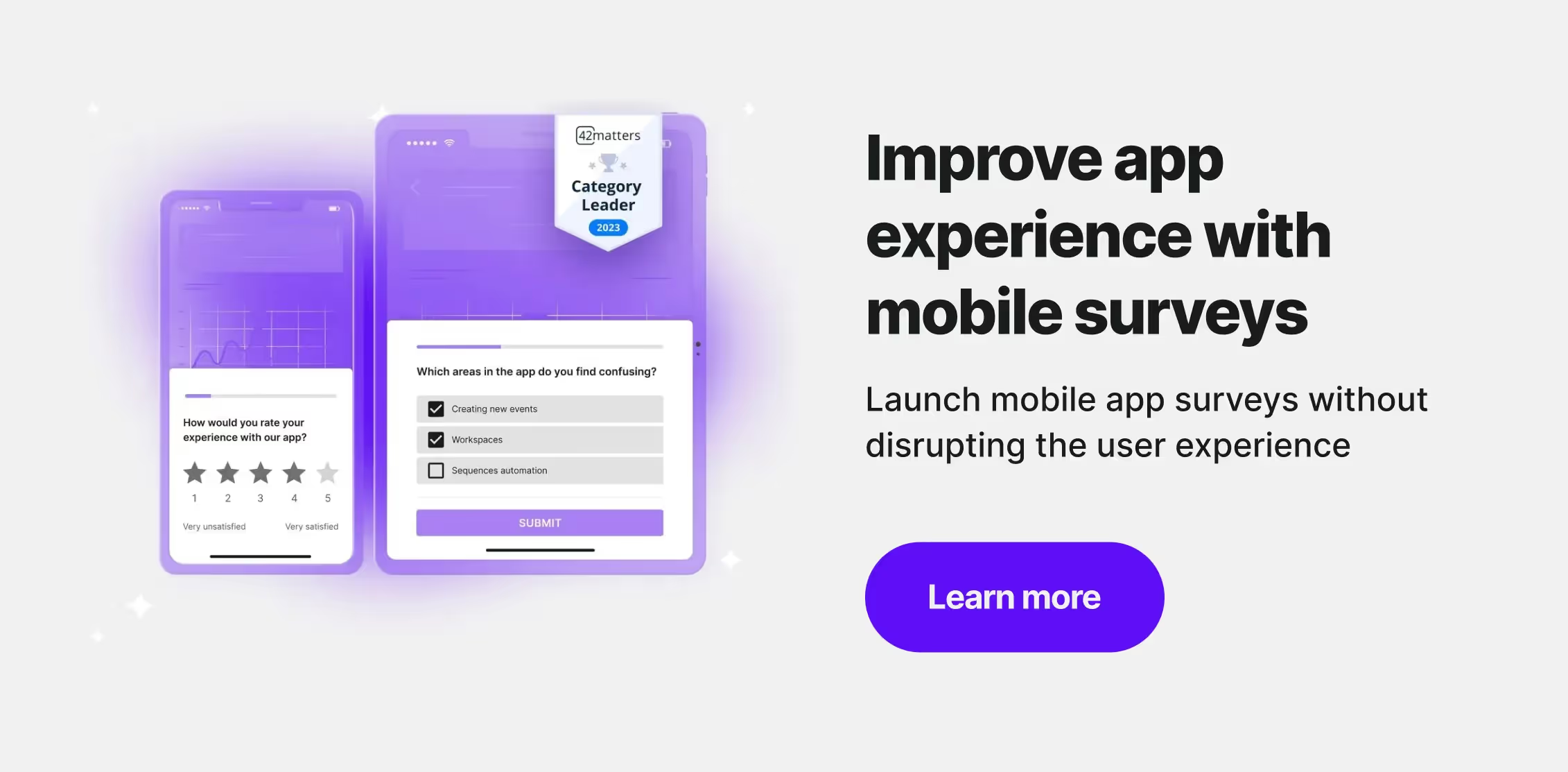
Understanding Key App Engagement Metrics for 2025
The Role of Daily Active Users (DAU) and Monthly Active Users (MAU)
Daily Active Users (DAU) and Monthly Active Users (MAU) serve as critical measures for mobile app engagement. These metrics paint a clear picture of overall app usage and active user percentage within a given time frame.
Survicate's 2023 Mobile App Feedback Report confirms that 'Active Users' is one of the key metrics for mobile app creators.
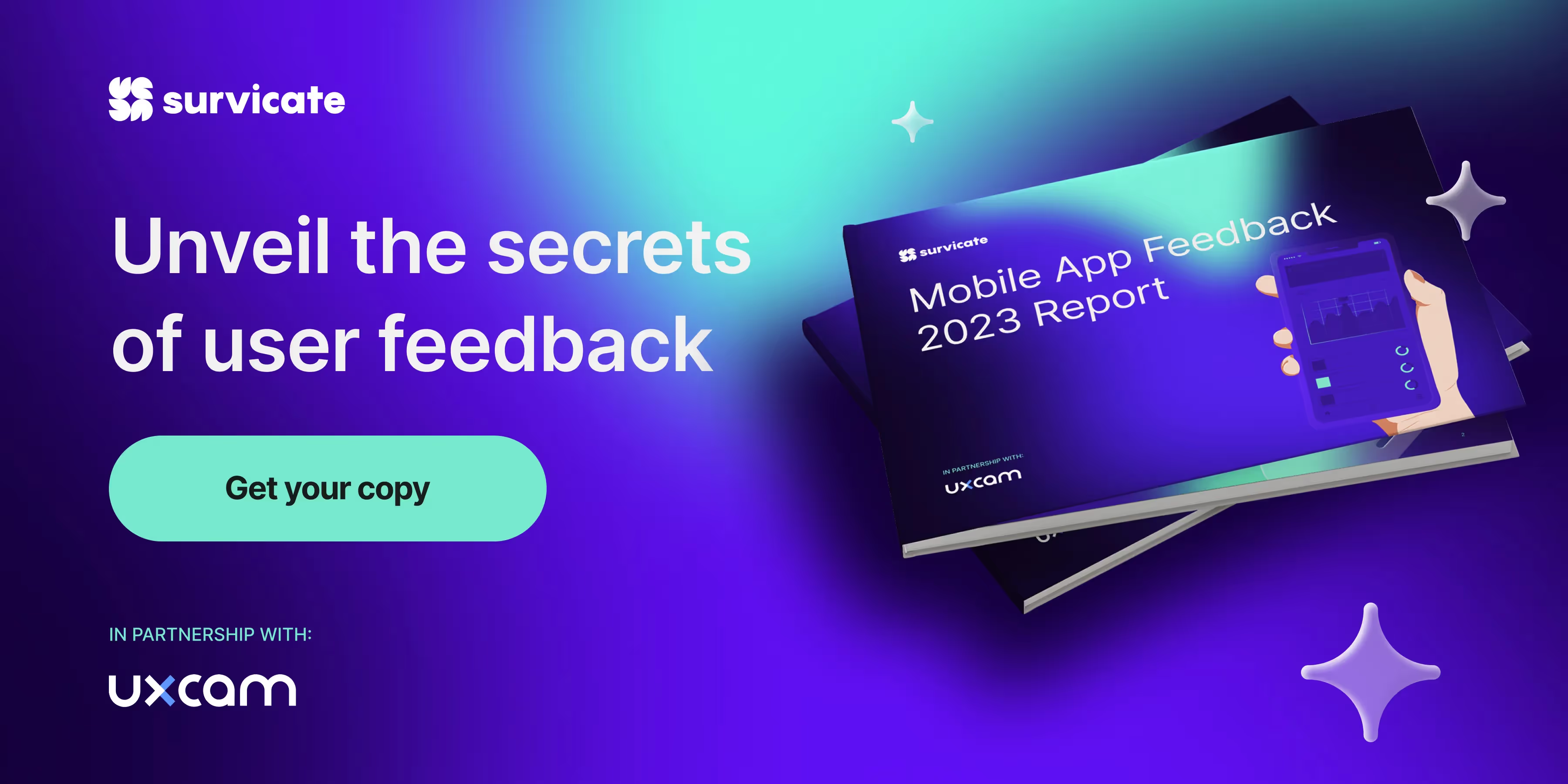
In 2025, tracking DAU and MAU is more vital than ever. Why? Because they provide real-time insights into user behavior, demographic information, and allow for more accurate targeting.
Understanding the difference between DAU and MAU can help pinpoint what aspects of your app draw users back consistently. For instance, if your MAU is significantly higher than your DAU, you might identify areas where your mobile app could do a better job at creating daily relevance.
The Importance of Session Length and Frequency
Closely related to the DAU and MAU is the importance of another powerful tool in your app engagement arsenal: Session Length and Frequency.
When analyzing user engagement, there's a general rule of thumb: The more, the merrier. A higher number of sessions paired with extended session duration indicates increased interest in your app's content or functions.
Here's where it gets interesting. Not every user engagement is equal. The session frequency and duration of a user who engages with your mobile app for thirty minutes once a week could bring more to your app's bottom line than a user who opens your mobile app for five to ten minutes daily.
In essence, understanding and utilizing these mobile app metrics allows you to tailor your content, roll out updates, and strategize according to your user base's preferences and behavior. You're not shooting in the dark; you're making calculated moves to ensure continuing and growing interaction with your app.
With these metrics in hand, you have a bedrock on which to build effective strategies that will boost app engagement significantly in the upcoming year. The commodities of today are data and knowledge, and in understanding these crucial metrics, you already have an advantageous start.
Effective Strategies to Boost App Engagement in 2025
Personalization: The Key to retain users
As we've gathered a solid understanding of key metrics in the last section, we can now turn our attention to how personalization can heighten user retention. Apps must continually evolve and cater to the unique needs of individual users. This goes beyond simply addressing the user by their name. The aim is to tailor the entire user experience in a way that's uniquely suited to the individual.
Comprehensive app personalization includes modifying content, design, or functionality according to past user behaviors, preferences, and demographics. For instance, a music streaming app could suggest playlists or albums based on a user's previous music choices. This provides users with a sense of uniqueness and increases their emotional attachment to the app, therefore boosting retention rates.
Additionally, personalization imparts a sense of decision-making power to the user by placing them at the center of app interactions. The goal is to make the user feel valued and listened to, eventually promoting a sense of trust and loyalty.
Leveraging Push Notifications and In-App Messages
Push notifications and in-app messages can drive user engagement significantly when used strategically. Push notifications, if used sparingly and smartly, contribute to creating a seamless user experience rather than detracting from it. With a well-thought-out approach, they serve to get users back into your application.
In-app messages, on the other hand, operate differently. They are messages that users see while they are active within your application. They can be used for various objectives, such as guiding users through new features, promoting offers or discounts, or requesting users to rate the app.
Stories of successful brands employing these strategies effectively can provide a wealth of insight. It's all about sending the right message to the right user at the right time. A tactful blend of push notifications and in-app messages could result in higher user engagement, increased app sessions, and improved retention rates.
While these strategies focus on boosting app engagement, choosing the right platform for monitoring these metrics is equally crucial. However, that's a further point to explore.
Using mobile in-app surveys to improve user journey through the app
Mobile in-app surveys can significantly enhance user engagement rates by leveraging several strategies and tools. Here's how:
- Design and feedback: By focusing on design improvements and collecting user feedback, surveys can help create a more enjoyable and engaging user experience. This approach not only boosts user satisfaction but also encourages retention by making users feel valued and heard.
- Customer engagement tools: By utilizing a range of customer engagement tools, such as surveys and workflow apps, you can develop and implement effective engagement strategies. These tools can capture user interests and preferences, facilitating personalized engagement efforts.
- User retention strategies: By integrating user engagement techniques directly within the app, you can maintain user interest and loyalty over time. Seamless in-app messaging and targeted engagement tactics ensure users remain connected and engaged with the app.

Top Platforms for Monitoring App Engagement in 2025
The Evolution of UXCam in User Experience Insights
In the dynamic landscape of user experience analytics, UXCam transforms the way app developers and designers understand user interactions. Known for its comprehensive suite of UX and UI analysis tools, UXCam offers a deep dive into user behavior, marrying quantitative data with qualitative insights to offer a holistic view of the user experience.
UXCam distinguishes itself with a user-centric approach, focusing on every session, screen, and user to provide a detailed qualitative analysis. This level of granularity enables businesses to see their app through their users' eyes, identifying pain points and opportunities for optimization that quantitative data alone might miss.
Key features such as session recordings, heatmaps, and funnel analytics empower teams to make data-driven decisions. These tools not only highlight where users are engaging or dropping off but also why these behaviors occur, allowing for targeted improvements. By providing a clear picture of the user journey within an app, UXCam facilitates informed decision-making, ultimately enhancing user engagement and satisfaction.
The Rise of Adjust in App Engagement Monitoring
Breaking from the previously explored strategies to boost app engagement in 2025, Adjust has become an influential player in this field. Offering state-of-the-art tracking and analysis features, Adjust acts as a comprehensive solution to the constant struggle of maintaining user engagement.
With a hub-centric model, Adjust appeals especially to those in search of breadth in their analytical tools. By employing a single SDK, the platform offers the advantage of connecting to multiple providers effortlessly without having to integrate each separately. The platform also assures data accuracy, a pivotal piece in understanding any app's user engagement.
Adjust further stands out with its ability to effectively track key engagement metrics - from session lengths and intervals to retention rates and more, providing granular data to the business owners. This affords them the room to evaluate and make informed strategy decisions.
The Connection Between User Engagement and Retention
Understanding the Relationship Between Engagement and Retention
If you want your app not just to survive but to thrive, user retention is crucial. An app's lifeblood is continual user engagement—without this, it loses its pulse. Retention, on the other hand, translates to loyalty.
There's a clear cause-and-effect relationship between these two elements—user retention and engagement. One can't exist without the other. If users are not engaged, they won't stick around. If they don't stick around, your engagement numbers drop. It becomes a vicious circle.
This correlation, however, can also work in your favor. Boosting app engagement can result in higher user retention. The more frequently a user interacts with your app - be it a mobile game, a productivity tool, or a fitness tracker - the more they're likely to form a habitual attachment to it.
Here, customer engagement metrics come into play.
To better analyze and harness this relationship, developers need to understand exactly what 'user engagement' encompasses. It goes beyond being a mere frequency of use. It factors in the duration, depth, and context of user interaction. Simply put, it's not enough to get individuals to open an app occasionally. They must find value in it and establish routine usage.
But how does understanding this relationship benefit you as a developer or business owner? It serves as a compass guiding your strategies related to app performance enhancement, user experience evolution, and revenue generation, helping you make sure your app doesn’t get lost in the crowd of app stores. Because in the digital era, it's survival of not just the fittest, but also the most engaging.
This concept of user engagement and retention provides a strategic framework. It can guide the course of your app development and market strategy to higher profitability.
Now, having encapsulated this relationship, understanding the connection between app engagement and user retention doesn’t quite stop there. There’s more depth to this bond, and we’re ready to dive deeper into that in the next segment.
So let's not pause here. There's a lot more ground to cover.
The Future of App Engagement: Predictions for 2025
Databases reveal the importance of persistent upgrading in the technology ecosystem; app engagement is no different. After understanding the connection between app engagement and user retention, let's now peek into what the future could hold.
The Role of AI and Machine Learning in App Engagement
AI and machine learning are proving to be powerful allies in-app engagement. They add an intelligent edge by personalizing experiences, predicting user behavior, and automating tasks. However, the role of these technologies in elevating app engagement goes far beyond these aspects.
Personalization Through AI
AI has the power to analyze large volumes of data in real time. This enables apps to truly tailor content and interactions to individual app users. Such personalized experiences not only boost user engagement but also foster stronger relationships between users and apps.
Predictive Behavior Analysis via Machine Learning
More often than not, engagement can be enhanced by understanding what a user is likely to do next. Machine learning algorithms are immensely adept at predicting future user behavior. App developers can then use these predictions to create strategically timed interventions, therefore, cementing user engagement.
The Impact of AR and VR on App Engagement
AR and VR are disruptive technologies that are changing how app users engage with virtual spaces. With the promise of concentrated immersion and unparalleled interaction, AR and VR have the potential to greatly shift app engagement metrics.
AR Engagement Tactics
AR brings digital experiences to life in a user's physical world, amplifying engagement levels. With AR filters, mini-games, and virtual showrooms becoming common, apps can now engage users with rich and interactive experiences.
VR and Immersive Experiences
VR stands as the epitome of immersive experiences. As consumers increasingly seek out novel experiences, VR enables apps to captivate their audience like never before. From virtual tours to multi-user games, VR provides a wide canvas for app developers to captivate and engross app users.
By understanding the trajectory of these technologies, one can better strategize to rise above the competition and offer engaging experiences that highlight user-centricity and innovation. Indeed, the path to improved app engagement in 2025 appears to be paved with AI, machine learning, AR, and VR insights.
Piecing the App Engagement Puzzle Together
Hefty metrics, platform diversity, and ground-breaking strategies were laid bare. Understanding yearly user retention, picking the right platform, and weaving strategic engagement tailored to your target audiences are the winning triad.
Such insights hold the power to propel your app's success into the 2025 landscape. They push your potential from being just another drop in the app ocean to a wave demanding recognition.
Armed with these insights, start now. Review your engagement metrics and rethink your strategy. Perhaps it's time for a platform switch?
But put simply, how do these avenues resonate with your current approach to app engagement? Can you already see a transformation unfolding?
Your app’s 2025 engagement story begins now, a chapter at a time. Hold onto these tools because a well-navigated future waits. On your mark, get set, evolve!
You might also be interested in:









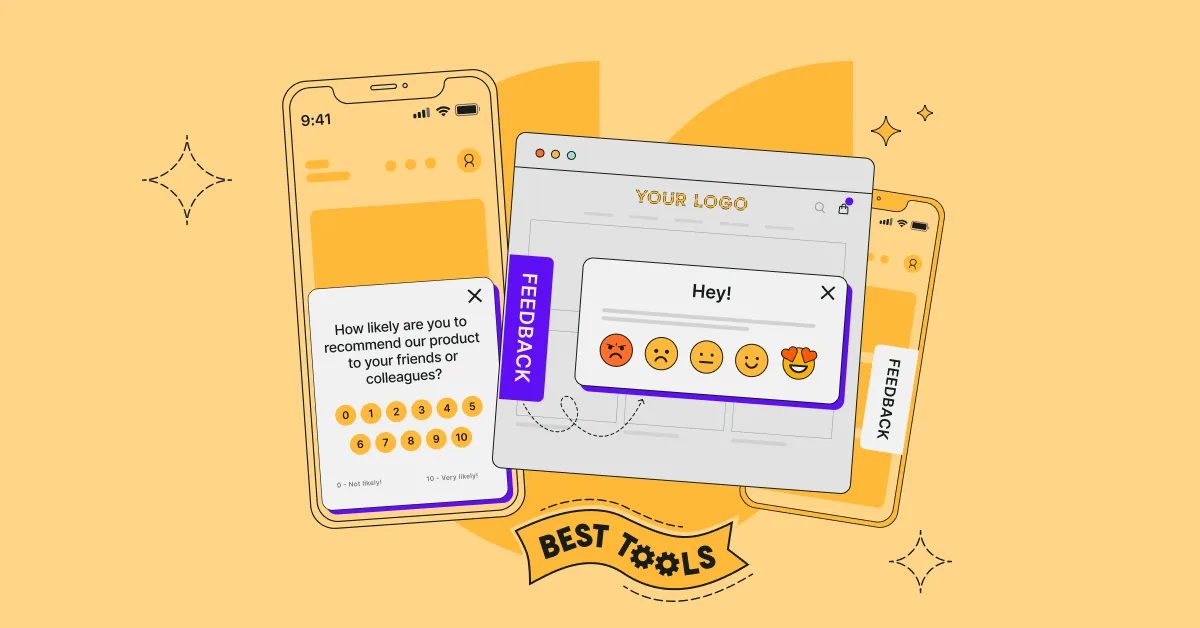
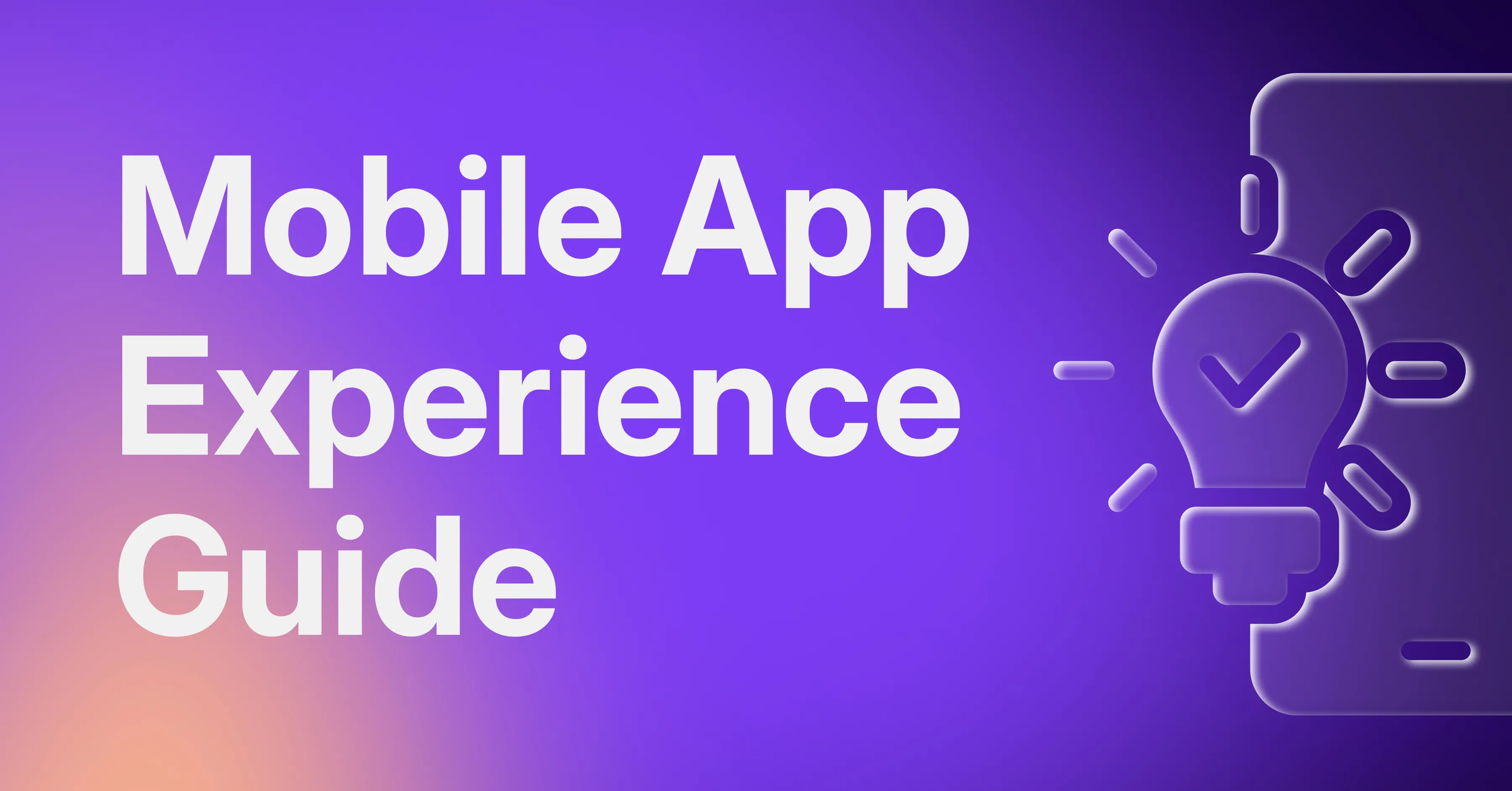

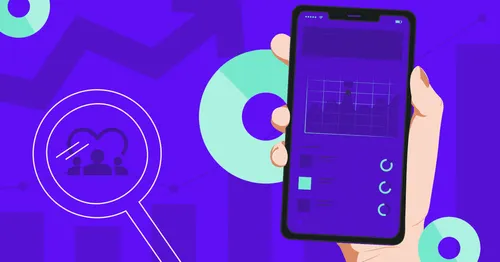

.svg)

.svg)



